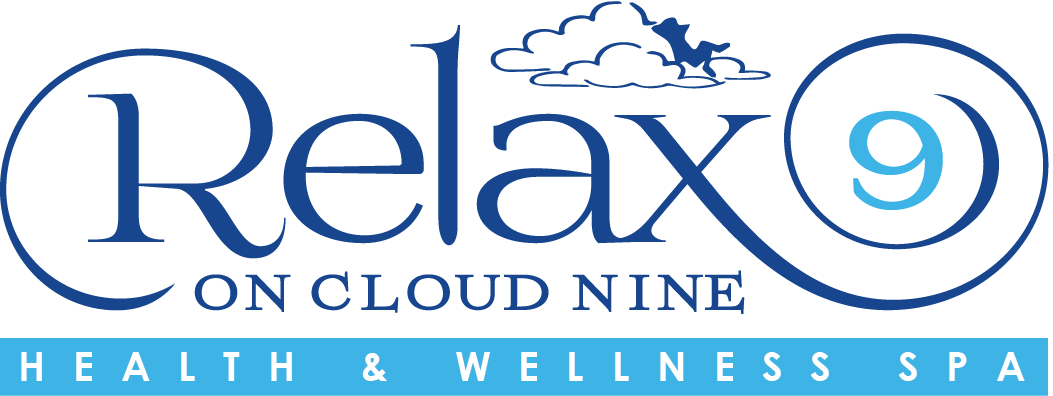Ear Acupuncture
Acupuncture involves the insertion of very thin needles through your skin at strategic points on your body. A key component of traditional Chinese medicine, acupuncture is most commonly used to treat pain. Increasingly, it is being used for overall wellness, including stress management.
Traditional Chinese medicine explains acupuncture as a technique for balancing the flow of energy or life force — known as chi or qi (chee) — believed to flow through pathways (meridians) in your body. By inserting needles into specific points along these meridians, acupuncture practitioners believe that your energy flow will re-balance.
In contrast, many Western practitioners view the acupuncture points as places to stimulate nerves, muscles and connective tissue. Some believe that this stimulation boosts your body's natural painkillers.
Why It's Done
Acupuncture is used mainly to relieve discomfort associated with a variety of diseases and conditions, including:
- Chemotherapy-induced and postoperative nausea and vomiting
- Dental pain
- Headaches, including tension headaches and migraines
- Labor pain
- Low back pain
- Neck pain
- Osteoarthritis
- Menstrual cramps
- Respiratory disorders, such as allergic rhinitis
Risks
The risks of acupuncture are low if you have a competent, certified acupuncture practitioner using sterile needles. Common side effects include soreness and minor bleeding or bruising where the needles were inserted. Single-use, disposable needles are now the practice standard, so the risk of infection is minimal. Not everyone is a good candidate for acupuncture. You may be at risk of complications if you:
- Have a bleeding disorder. Your chances of bleeding or bruising from the needles increase if you have a bleeding disorder or if you're taking blood thinners.
- Have a pacemaker. Acupuncture that involves applying mild electrical pulses to the needles can interfere with a pacemaker's operation.
- Are pregnant. Some types of acupuncture are thought to stimulate labor, which could result in a premature delivery.


